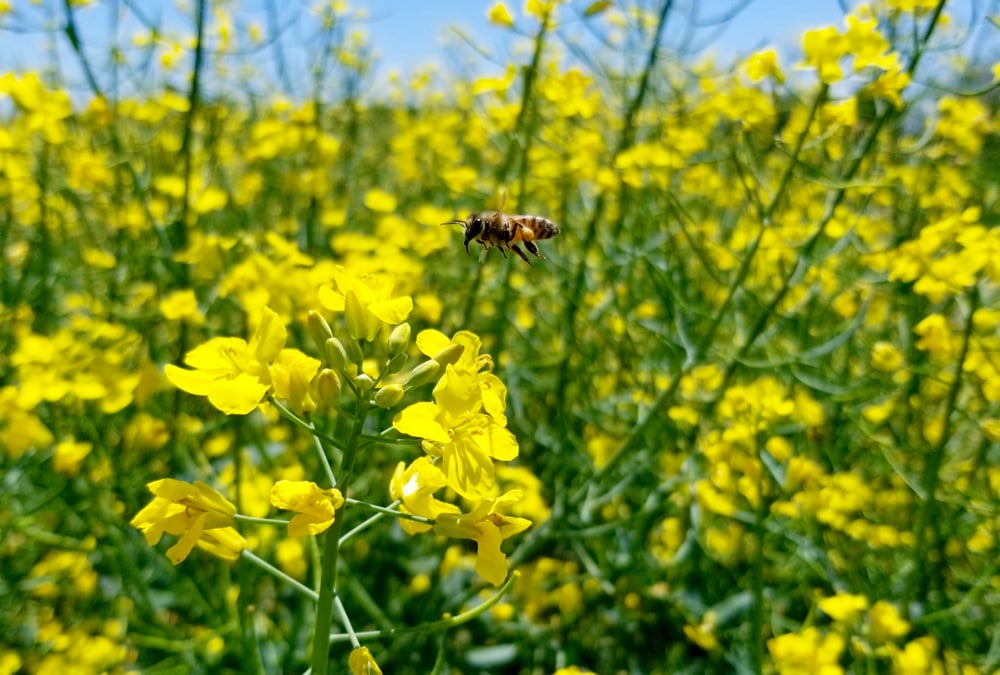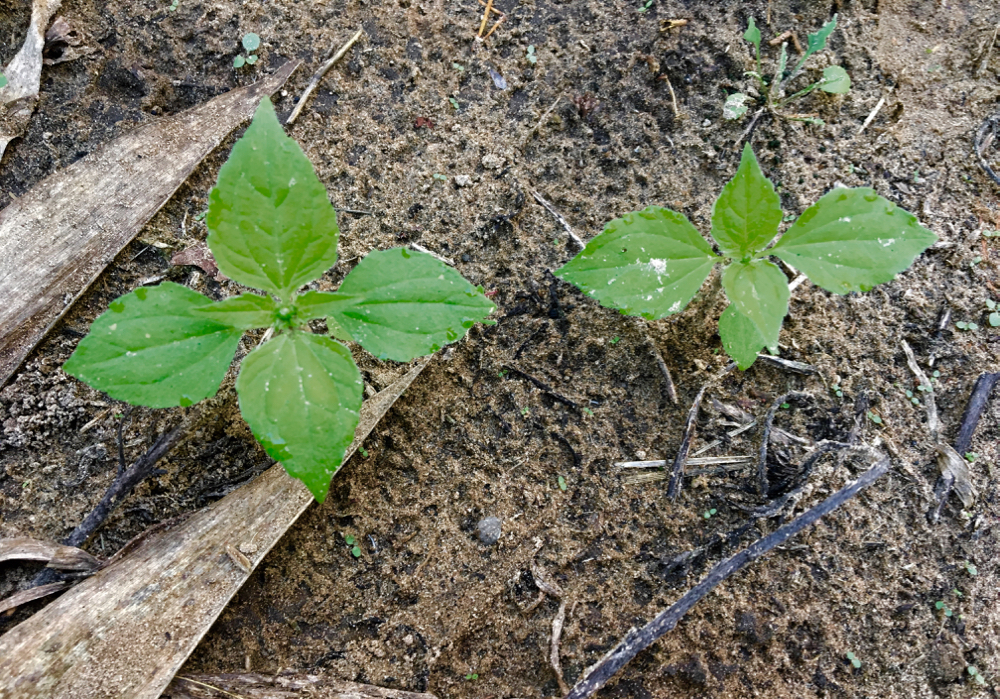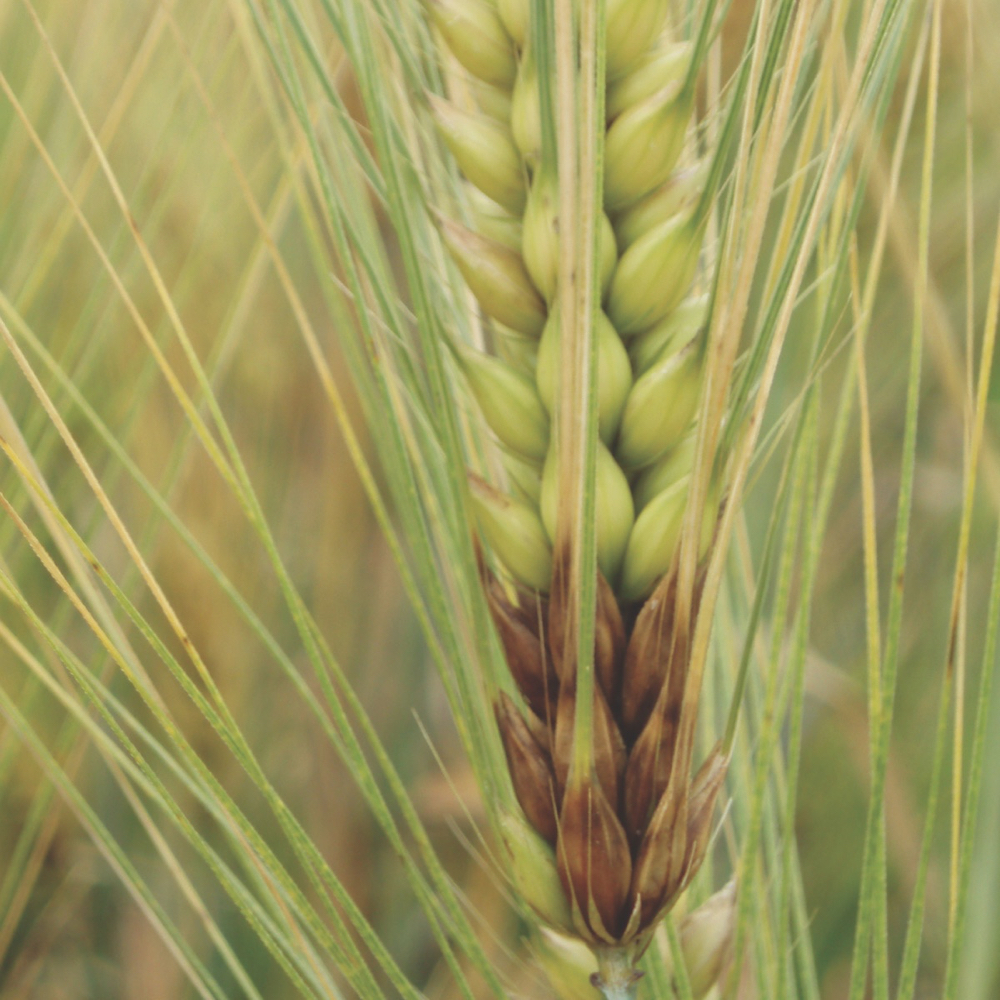Growers across much of southern Ontario have long been on the lookout for another “third crop.” The standard is winter wheat, but in the past few years, more growers have felt pinched by everything from its crop prices to poor planting conditions in the fall.
If they don’t have another option, it isn’t for lack of looking. But it’s a tough role to fill. A third crop needs to work not only with the farm’s rotation, but also with its work schedule. And, of course, it needs not only to be marketable, but at a competitive price.
Read Also

Sensing the soil: Root cell research finds ‘stress hormone’
Research into how root cells react to soil stressors could help plants better adapt to changes in their climate.
Spring canola can be a decent option for growers in cooler, less humid parts of the province, but those in more southerly regions lose out to the heat of midsummer. Temperatures of 30 C or higher cause abortion of flowers and pods in canola. Besides, spring planting complicates getting corn and soybeans in the ground.
Since 2018, growers in Ontario’s southwest have had access to Mercedes, a winter canola hybrid available through C&M Seeds in Palmerston, Ont. It received an interim registration in the fall of 2018 and full registration in April 2020, with some growers in Kent and Essex counties planting small plots last fall. Mercedes is the only winter hybrid registered for production in Ontario.
Winter canola has a long history in the province with some of the earliest research from the University of Guelph dating to the 1980s. It was this work that first brought the potential of winter canola to the attention of Dr. Eric Page, a researcher at Agriculture and Agri-Food Canada (AAFC-Harrow).
Page was initially interested in winter canola to help with the management of herbicide-resistant Canada fleabane populations that are present in southern Ontario. It was in 2016 that Page planted his first winter canola crop at Harrow, and to his knowledge, you’d have had to do some driving to find any more. There wasn’t a lot being grown in the area at that time.
“The performance trials stopped as of 2010 and at that time, seed availability was a challenge,” says Page, who is a weed scientist by training.
Page concedes that canola has had a poor reputation in parts of Ontario, with stories of slug damage or root-clogged tile drains, none of which he’s verified. But it’s the absence of newer genetics that he mainly sees as an impediment to advancing a crop.

Many of the previous winter canola crops were grown from older hybrids or open-pollinated varieties with poorer winter survival and diminished yield potential. The move to hybrids and the improvement in the genetics have been a big step toward increasing the reliability and consistency of the crop.
“It’s been a long road with winter canola,” says Rob McLaughlin, sales and marketing manager with C&M Seeds. “We went through the early days of Kronos and Visby, from the same breeding program. Mercedes is definitely an improvement on those varieties, and the most recent experience has rejuvenated interest with more positive experiences. We’ve seen Mercedes everywhere from Windsor to Kingston and it’s shown good results and appears to be a fit for most of the province.”
Winter performance
In 2019, Meghan Moran, canola and edible bean specialist with OMAFRA, monitored 18 fields through the growing season, with most located in Kent and Essex counties. Six were either terminated or had poor survival mostly caused by poor establishment during September 2018.
Of the eighteen, 11 fields were harvested with a 2,700 lb./ac. yield average and a range of 2,200 lbs. to 3,500 lbs.
“To be fair, the winter canola fields we’ve been looking at so far are fairly small,” says Moran, adding that average yields for spring canola are around 2,400 lbs./ac. “But most growers who are committed to spring canola in their rotation are aiming for 2,700 lbs. because that’s where they see profitability.”
In theory, says Moran, winter canola should have a higher yield potential, just as winter wheat yields tend to exceed those of spring wheat varieties. Some of the newer growers with winter canola were winning the yield challenges, with the 2019 winner working a 20-acre field.
Planting and beyond
Optimum time for planting is late August to early September. Seeding rate for Mercedes is between two and five pounds per acre, depending on seed size, with accuracy an extremely important consideration. Growers should assess their seeding equipment needs prior to adding winter canola to their rotations.
The late-summer planting window and early July harvest allows for the opportunity to double-crop soybeans.
“Winter canola can be harvested seven to 10 days ahead of your winter wheat, and that difference is significant to the growth of soybeans at that time of year,” says Page. He worked with one grower in 2019 who harvested 3,600 lbs./ac. (60 bu./ac.) canola and followed that with 40-bushel soybeans. “The difference between following winter wheat and winter canola could be substantial.”
Challenges
There are some challenges in growing winter canola that need to acknowledged. According to Alex Zelem, a certified crop advisor (CCA) and agronomist with C&M Seeds, there was a large uptake of winter canola in Essex and Kent in 2018.
Those fields mainly followed winter wheat, though, and when a lot of the wheat crop was plowed under due to winterkill in 2019, plus a late soybean harvest, there just weren’t a lot of acres available for winter canola planting.
“Winter canola overwinters with a taproot with the ultimate goal to have it the diameter and length of a pencil and four leaves going into winter,” says Zelem. “The biggest risk is frost heaving in the spring during freeze-thaw cycles. This can be worse on fine-textured clay soils.”
Another note about Mercedes is that it’s not a herbicide-tolerant hybrid, which means Treflan 360, Lontrel and Assure II are the only herbicides registered for use on it. Treflan has to be incorporated and Moran acknowledges that such a requirement is definitely a challenge.
However, she also points out that canola is a very competitive plant, and issues with weed control aren’t as pressing as some others with the crop, like timing of planting and survivability.
The only significant weed issue that she sees is chickweed, which is on the Treflan label.
“We also tend to have some tillage in canola fields, so we get some weed control ahead of planting,” says Moran.
Page believes the lack of herbicide tolerance is an advantage, one that could help break the cycle of glyphosate resistance in a growing number of weed species. With winter canola in the rotation, there are different herbicide modes of action and different application timings, and canola is a highly competitive crop that can keep weeds to a minimum.
“It really doesn’t give weeds a chance; even those that emerge and grow under its canopy are going to struggle,” says Page, citing Canada fleabane, giant and common ragweed and waterhemp as species that will struggle to establish beneath a canola canopy. “Then come late June, early July, you’re going to desiccate it and run a combine through it and those weeds are not going to reproduce.”
Zelem is quick to note that there are some challenges from lengthy carryover periods on some of the herbicides.
“Planning ahead is the best advice we can offer,” he says, noting that some herbicides can make canola tough to incorporate in the rotation, especially if registered herbicides were applied in spring and canola is going in late August or early September. “This is why we recommend winter canola following winter wheat. But growers need to be aware what they spray in the summer months prior to planting.”
Harvest moisture is one final production parameter. As a general rule of thumb, 10 per cent or below is the target, with few growers set up to handle on-farm storage (it requires special flooring). There should also be less than two per cent green seed. Those are quality specs that can be discussed with a grain merchandiser prior to dessication.
A final note
The really good news for growers is the proximity of a processor. It’s a boon to growers in the Essex-Kent area that Archer Daniel Midland (ADM) in Windsor is an active promoter of winter canola and has worked hard to encourage the growth of the crop. With Mercedes receiving full registration, Bunge Milling in Hamilton is also accepting winter canola.
















